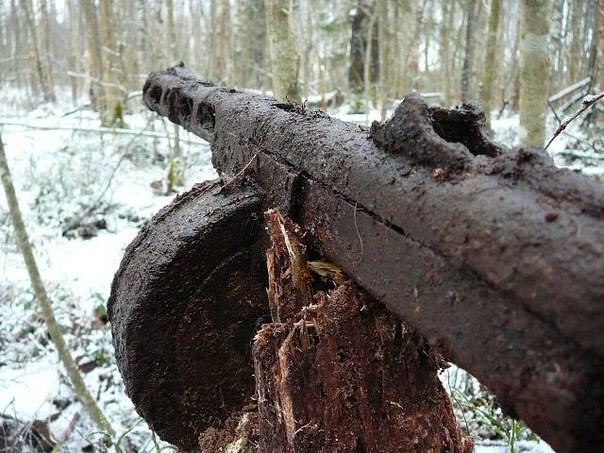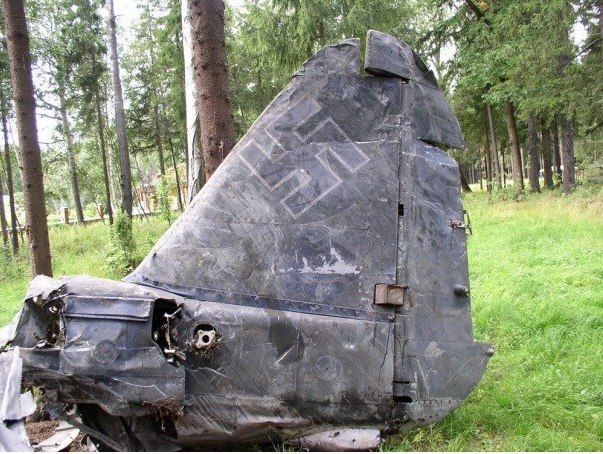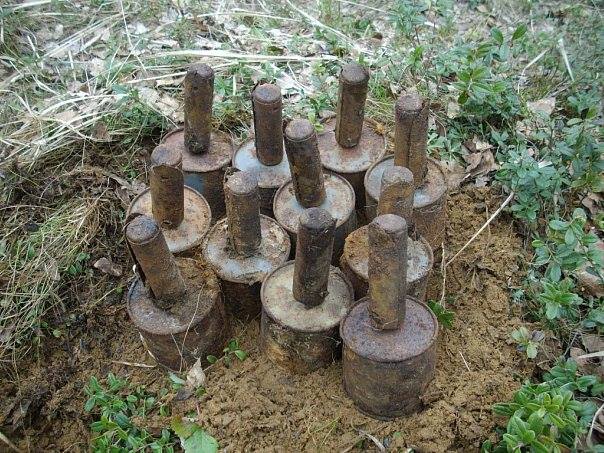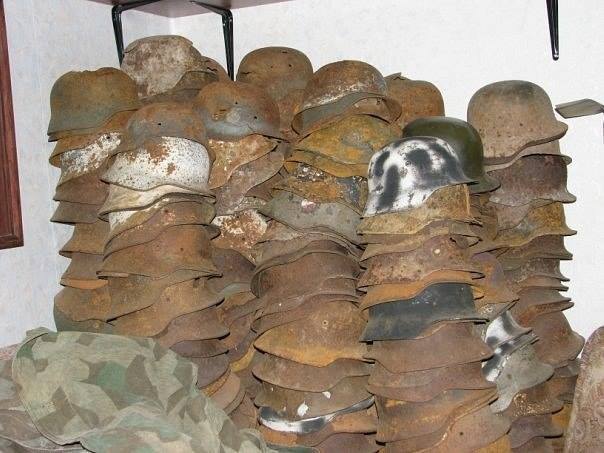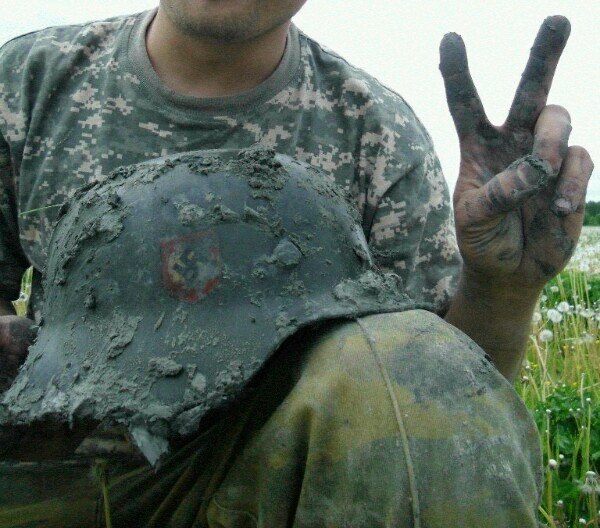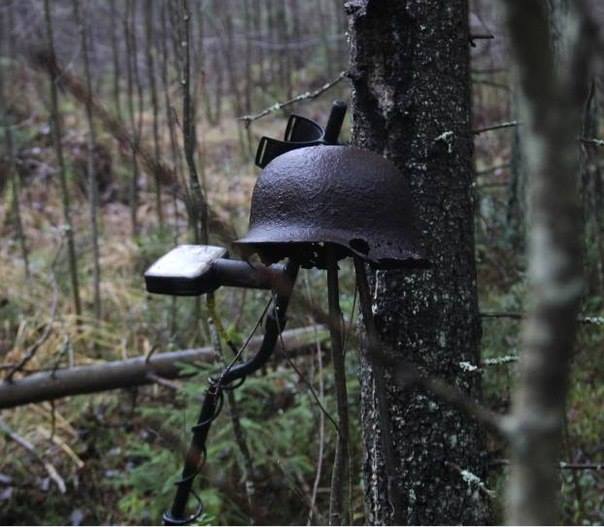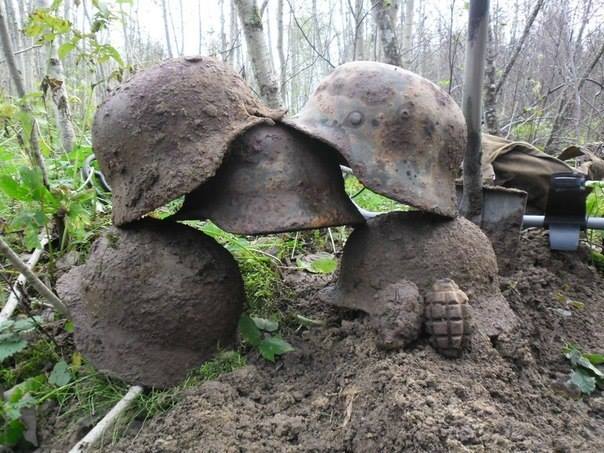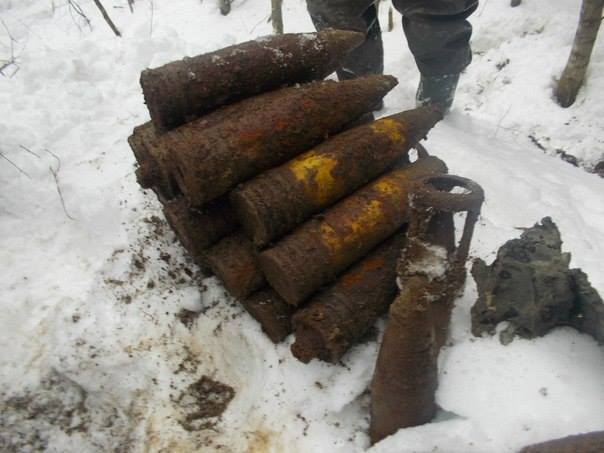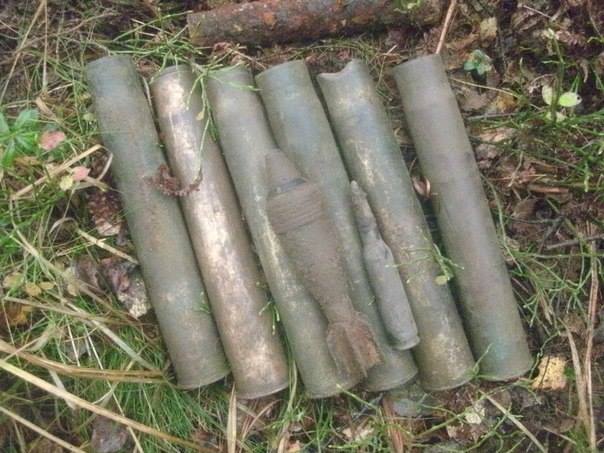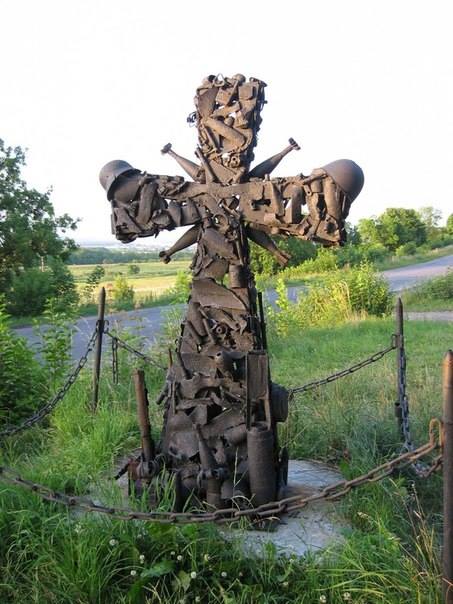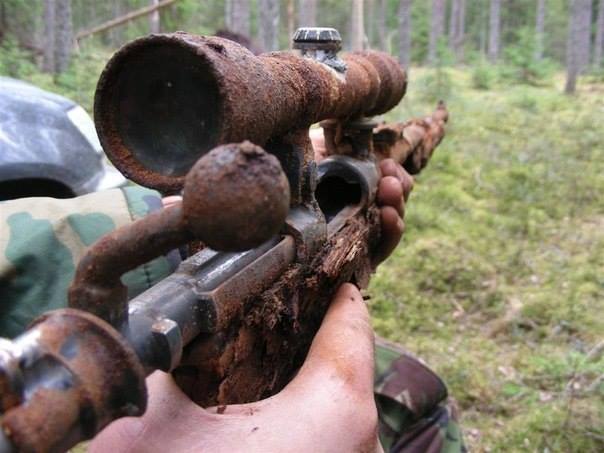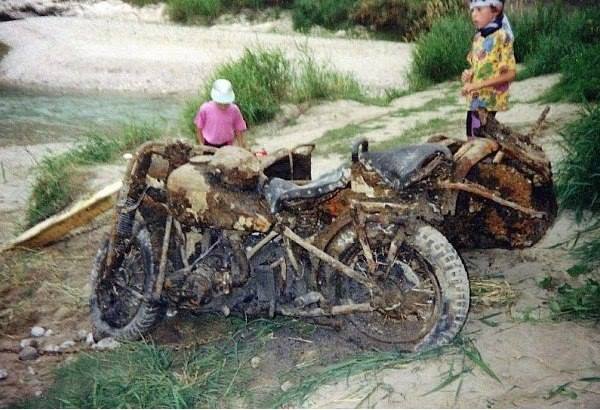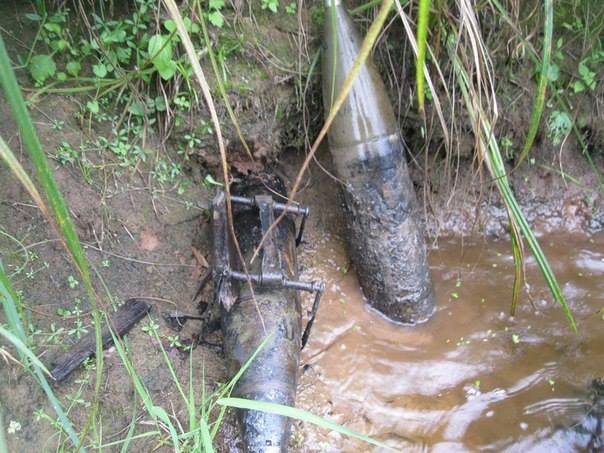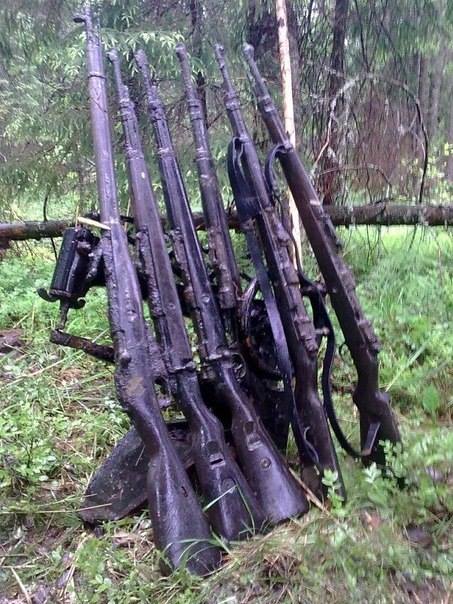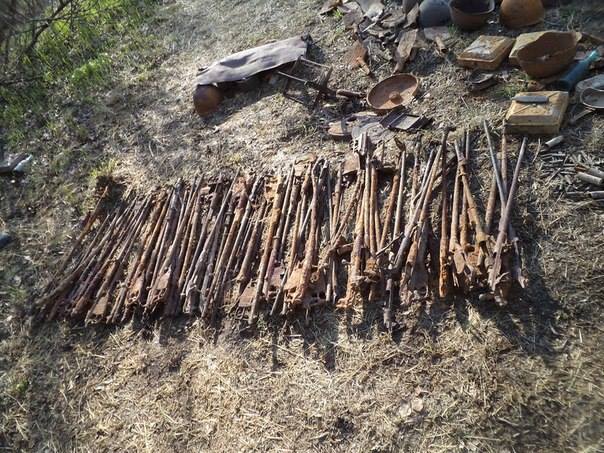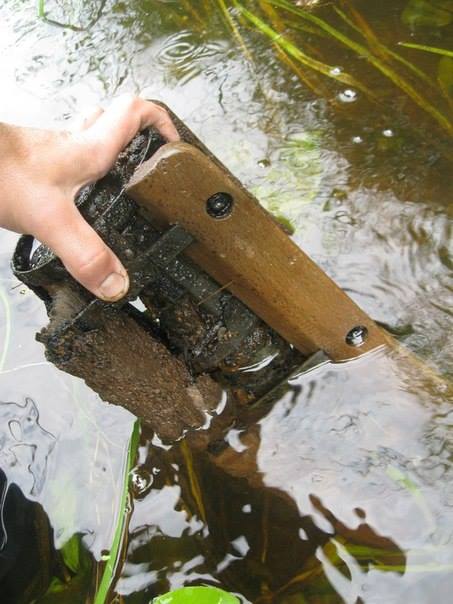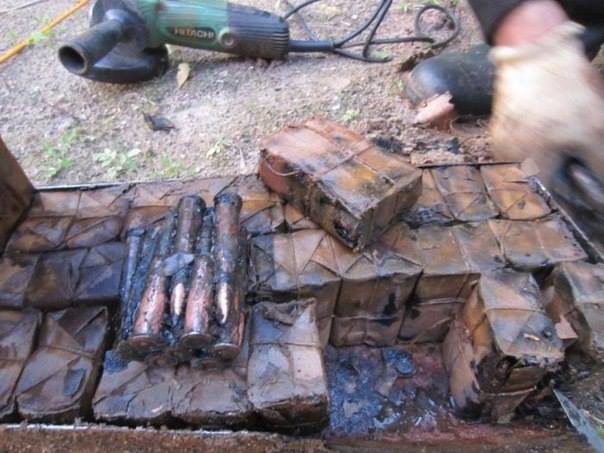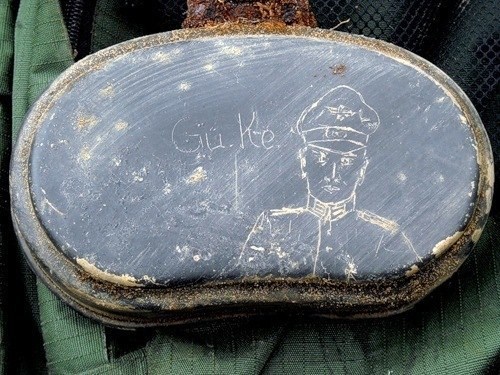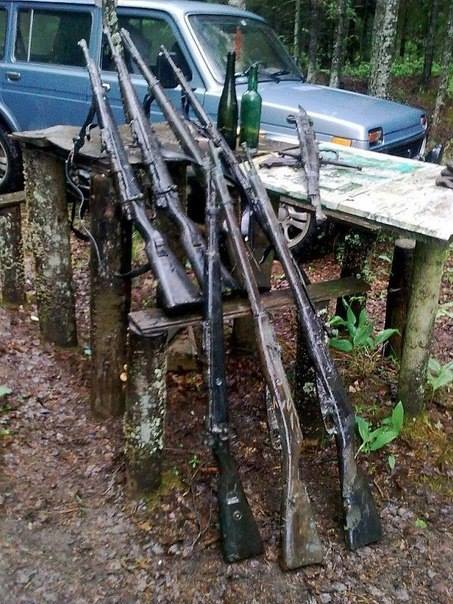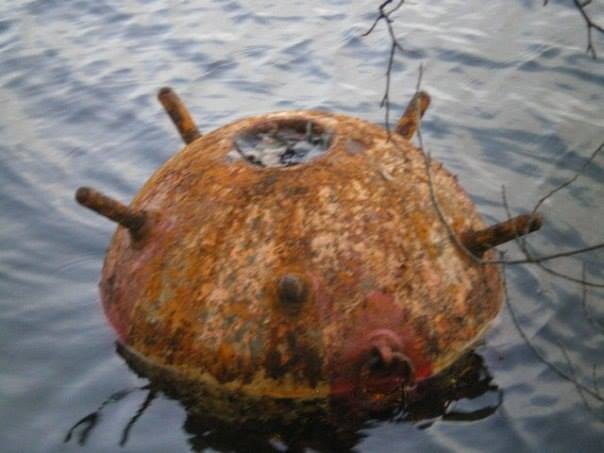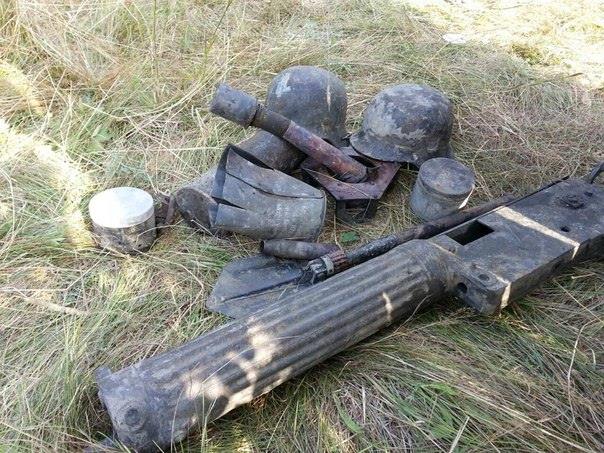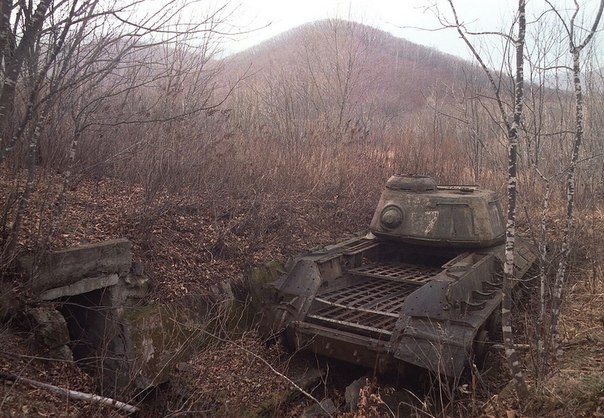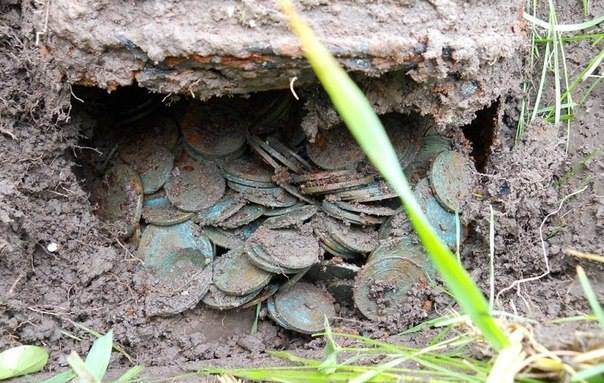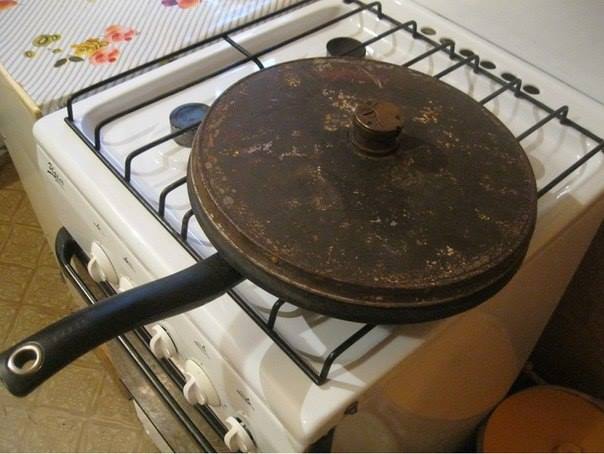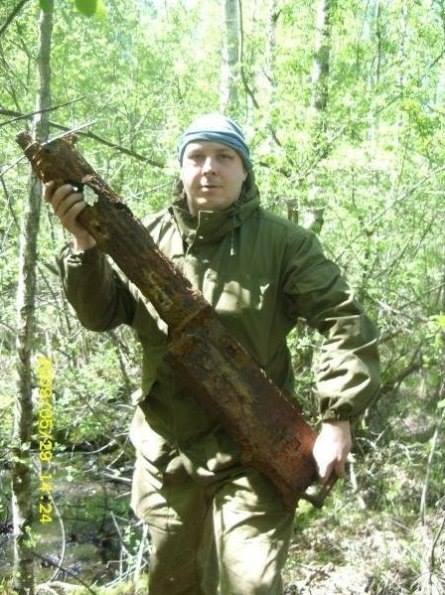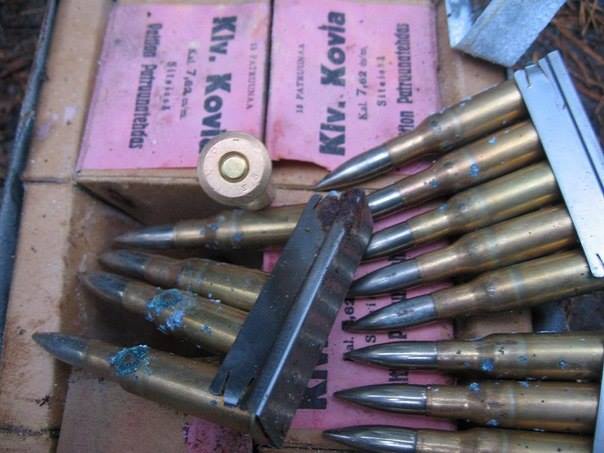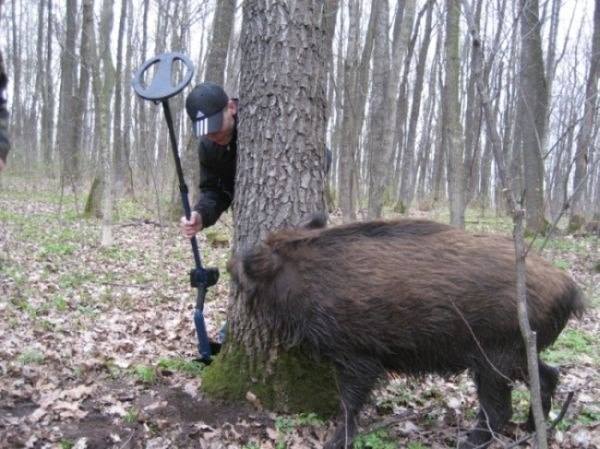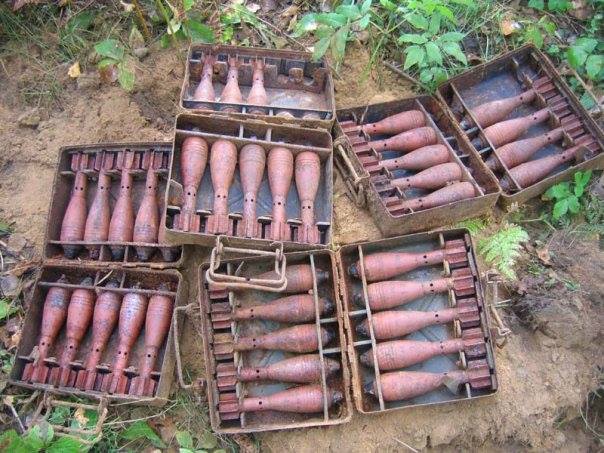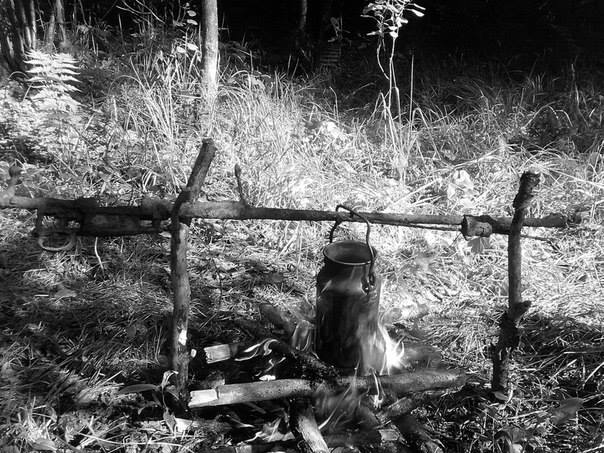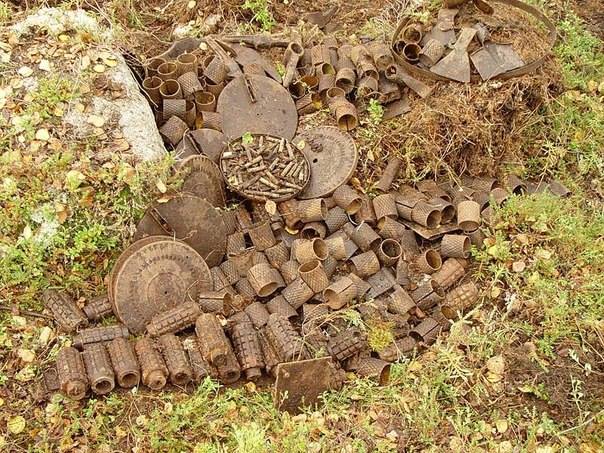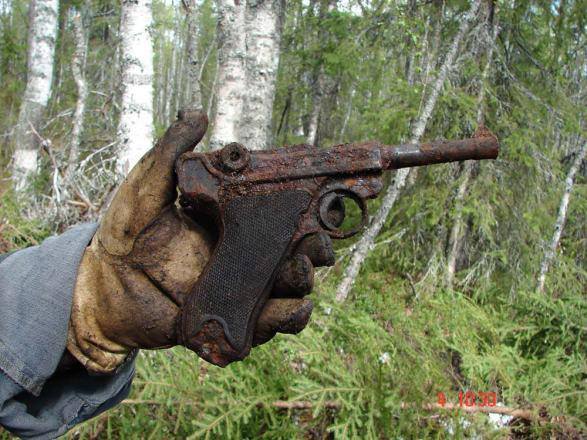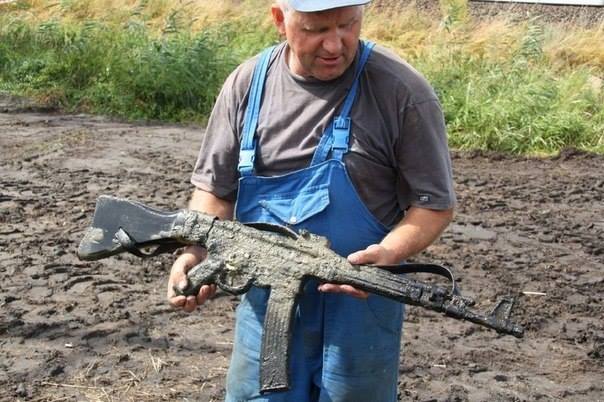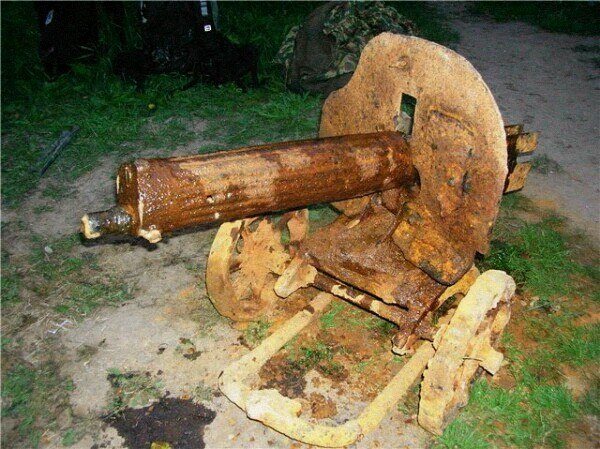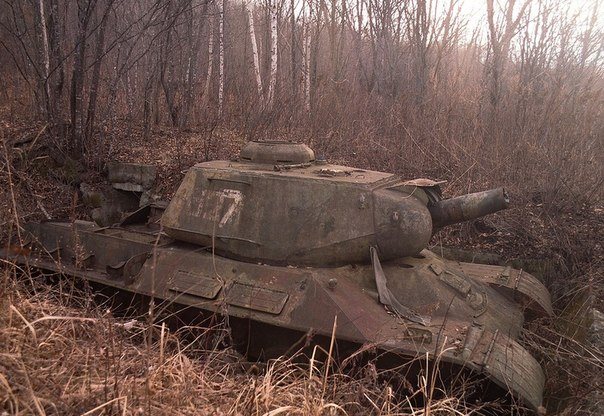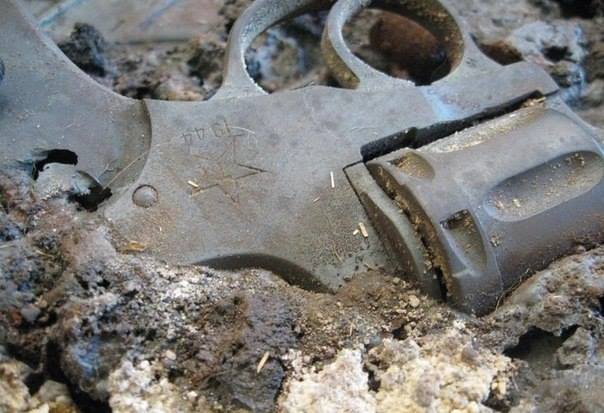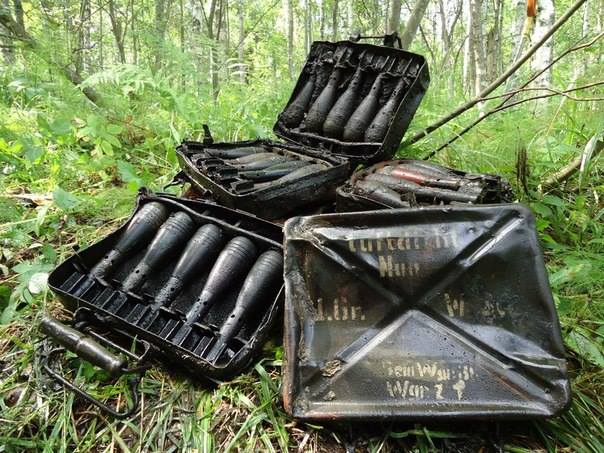Germany and Russia both lost much of their territory as a result of World War I, though Russia suffered the most. Russia made peace with Germany in 1918, at the cost of Poland, Lithuania, Estonia, Latvia and Finland. After the war, these land became independent nations. When Germany was defeated by the Allies, it was forced to give parts of Prussia to the newly created Republic of Poland.
After the war, both Nazi Germany and the government of Russia both wanted their lands back, which meant destroying Poland. Even though the German Fascist and Russian Communist governments hated each other, they came to an agreement over Poland in August 1939. The Molotov-Ribbentrop Pact, named after the diplomats who negotiated it, agreed that neither country would attack the other for ten years. There was also a secret clause in the agreement that divided Poland between Russia and Germany. Germany agreed that Russia should have all the territory it had lost in World War I.
In September 1939 Hitler invaded Poland. As Germany advanced into Poland from the west, Russia invaded from the east.
In June 1941 Germany broke the Molotov-Ribbentrop Pact and invaded Russia. The colossal struggle between these two great powers lasted until May 1945. It was one of the largest, bloodiest and most destructive events of history. Though it looked for a while as if the Russians might be defeated, they ultimately pushed the Germans back, all the way to Berlin.
It is to be wondered if all this horror might have been avoided if the leaders of the world had paid attention to the words of Adolf Hitler. He was quite open about his intentions. On August 11, 1939, he had told Carl Burkhardt, a Commissioner to the League of Nations ‘Everything I undertake is directed against the Russians. If the West is too stupid and blind to grasp this, then I shall be compelled to come to an agreement with the Russians, beat the West and then after their defeat turn against the Soviet Union with all my forces. I need the Ukraine so that they can’t starve us out, as happened in the last war.’
As we all know, the Eastern Front was a gigantic battlefield and comes no surprise as to the amount or relics lost and buried on this battlefield. The images below are just a ‘few’ from the Facebook page The Ghosts of the Eastern Front. There is always a debate to the digging of battlefields and that will continue forever. If you are a collector then you can buy relics from their website www.kurlandmilitaria.com
There aren’t any caption to the images as we think they don’t need any. A picture paints a thousand words………..
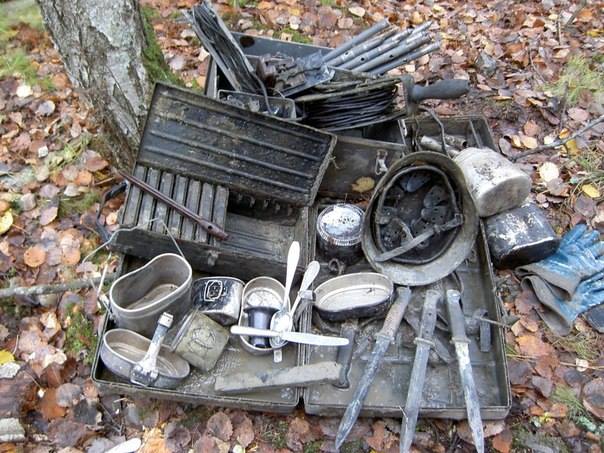
The two powers invaded and partitioned Poland in 1939. After Finland refused the terms of a Soviet pact of mutual assistance, the Soviet Union attacked Finland on 30 November 1939 in what became known as the Winter War – a bitter conflict that resulted in a peace treaty on 13 March 1940, with Finland maintaining its independence but losing parts of eastern Karelia. In June 1940, the Soviet Union occupied and illegally annexed the three Baltic states—an action in violation of the Hague Conventions (1899 and 1907) and numerous bi-lateral conventions and treaties signed between the Soviet Union and Baltics. The annexations were never recognized by most Western states.
The Molotov–Ribbentrop Pact ostensibly provided security to Soviets in the occupation of both the Baltics and the north and north eastern regions of Romania (Northern Bukovina and Bessarabia) although Hitler, in announcing the invasion of the Soviet Union, cited the Soviet annexations of Baltic and Romanian territory as having violated Germany’s understanding of the Pact. The annexed Romanian territory was divided between the Ukrainian and Moldavian Soviet republics.
End of the War: April–May 1945
All that was left for the Soviets to do was to launch an offensive to capture central Germany (which would eventually become East Germany after the war). The Soviet offensive had two objectives. Because of Stalin’s suspicions about the intentions of the Western Allies to hand over territory occupied by them in the post-war Soviet zone of occupation, the offensive was to be on a broad front and was to move as rapidly as possible to the west, to meet the Western Allies as far west as possible. But the overriding objective was to capture Berlin. The two were complementary because possession of the zone could not be won quickly unless Berlin was taken. Another consideration was that Berlin itself held strategic assets, including Adolf Hitler and part of the German atomic bomb program.
The offensive to capture central Germany and Berlin started on 16 April with an assault on the German front lines on the Oder and Neisse rivers. After several days of heavy fighting the Soviet 1BF and 1UF punched holes through the German front line and were fanning out across central Germany. By 24 April, elements of the 1BF and 1UF had completed the encirclement of the German capital and the Battle of Berlin entered its final stages. On 25 April the 2BF broke through the German 3rd Panzer Army’s line south of Stettin. They were now free to move west towards the British 21st Army Group and north towards the Baltic port of Stralsund. The 58th Guards Rifle Division of the 5th Guards Army made contact with the US 69th Infantry Division of the First Army near Torgau, Germany at the Elbe river.
On 29 and 30 April, as the Soviet forces fought their way into the centre of Berlin, Adolf Hitler married Eva Braun and then committed suicide by taking cyanide and shooting himself. Helmuth Weidling, defence commandant of Berlin, surrendered the city to the Soviets on 2 May. Altogether, the Berlin operation (16 April – 2 May) cost the Red Army 361,367 casualties (dead, wounded, missing and sick) and 1,997 tanks and assault guns. German losses in this period of the war remain impossible to determine with any reliability.
